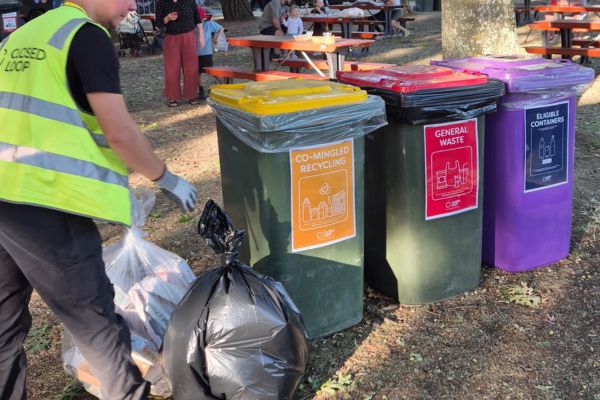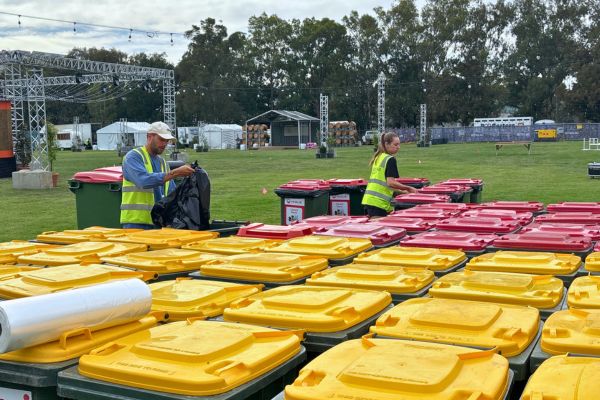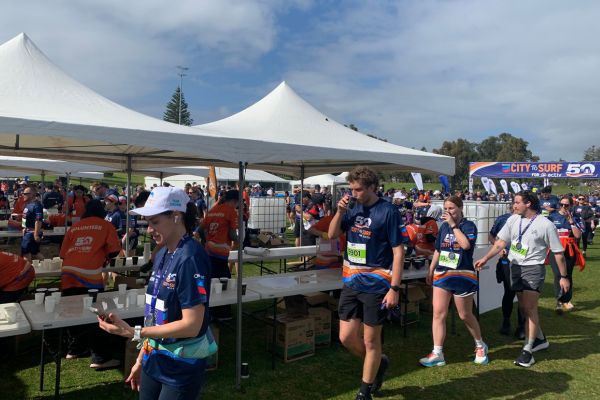Top tips to help you from making common food packaging mistakes
Food vendors, venues or event planners want to create memorable experiences for their customers. While food, ambiance and customer service are all important touch points, many often overlook the value of food packaging.
If you are planning for food packaging to add to the experience, here are a few tips.
1. Understanding the function of your packaging
What do you need your packaging to do? In many take-away settings, food packaging is needed to support the weight of the food, maintain heat, keep foods separate and be food safe. Many often overlook the logistics of packaging as well, how will these be packed and stored on-site and off-site? Are there other components that will be used with the packaging such as condiment portions or grease-proof paper? Other times food packaging needs to maintain shelf life and be sized for outers, cartons and sleeves.
Before sourcing food packaging, understand all its touchpoints from delivery to disposal, so you know all aspects of your packaging requirements.

2. Consider the environmental impact
Consciousness amongst consumers is rising, and more and more consumers are aware of brands that are environmentally friendly. There are a few things to consider when it comes to the environment.
Materials
Choose the right packaging materials for your food packaging, have a look at our guide to food packaging materials.
Disposal
Depending on what material you use will depend on how your packaging can be disposed of. Can it be recycled? Can it be composted?
Communication
A very common mistake we see is that brands are choosing materials and assuming consumers will know how to dispose of it.
Design and communication on your food packaging will help build brand alignment with sustainability but also ensure your product is disposed appropriately. For disposal advice, the evidence-based Australasian Recycling Label (ARL) is considered gold standard in Australia and New Zealand.
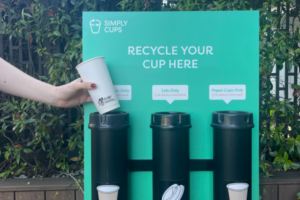
3. Aligning your brand with your packaging (and use it as a marketing tool)
A key element to branding is being unique. Are there engaging elements of your packaging that can be different. Pringles have their unique cylinder shape, Yan Yan snacks have a dipping compartment and Tee Vee snacks have an identifiable trapeze shaped box. Over the years, we have helped create custom take-away packaging designs to elevate branding. Contact us if you are interested in customisation.
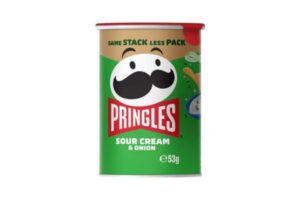
4. Designing your food packaging
In addition to the physical packaging, creating an engaging and inviting design to print across your food packaging will elevate your brand.
A common mistake we see is that brands don’t appropriately communicate their sustainability impact. With heightened awareness of greenwashing, consumers are looking for consistency. Include proof points on your packaging such as partnerships, key outcomes and evidence-based recycling advice such as the ARL.
See more about what labels should (or should not be) included on your packaging here.
5. Considering timeframes
A critical part of food packaging is maintaining realistic timeframes for planning, prototypes, procurement, delivery and roll-out. Many suppliers may also have closing down periods over holidays which may blow out timelines if not addressed early in the process.
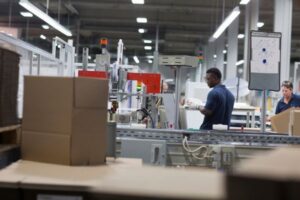
6. Asking for samples
Food packaging is a physical product and samples should always be provided to truly experience and feel the product.
7. Choosing the right businesses
There are many packaging manufacturers and businesses on the market. To ensure you are working with the right business here are a few things to consider:
- Consider the certifications and credentials that your business values. Are you looking to engage with a business that supports social enterprises? Does your business focus on sustainability and conscious production? Requesting a list of credentials and certifications will help your business align and partner with the right business.
- Customer service support. Have you felt supported and heard in your conversations? Do you feel as though they are easily contactable and supportive to your requirements?
- Understanding of your industry. Does the business have expertise in your industry and understand any potential frameworks that need to be met?
- Understanding of current and upcoming related regulations. Is the business you are working across regulations that may affect your business? Such as single-use plastic bans (see our Single-use plastic ban guide here).

Your food packaging project
Whatever your food packaging project is, there are a range of things to consider to ensure you are creating a quality and memorable product.
The packaging ranges previously sold by Closed Loop, plus much more, can now be sourced through PAC Trading. Contact PAC via email at dispatch@pactrading.com.au or their website https://www.pactrading.com.au.






